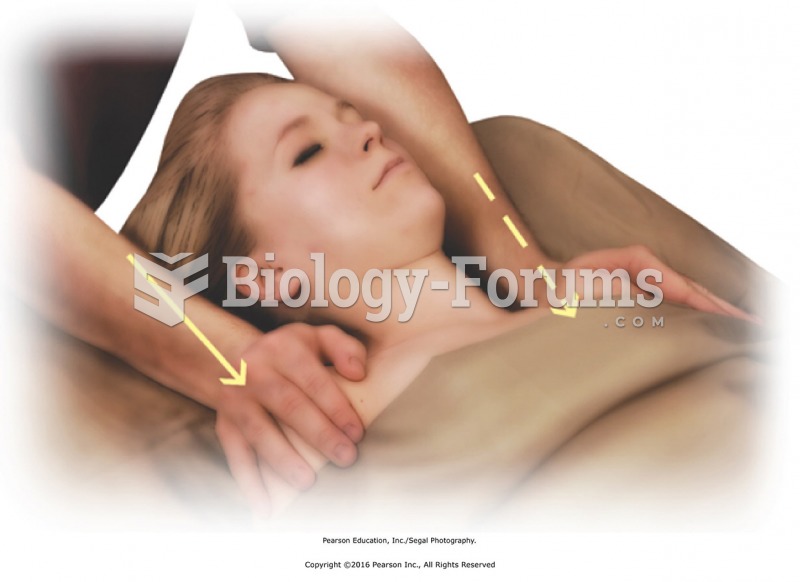This topic contains a solution. Click here to go to the answer
|
|
|
Did you know?
There are 60,000 miles of blood vessels in every adult human.
Did you know?
Medication errors are more common among seriously ill patients than with those with minor conditions.
Did you know?
Sildenafil (Viagra®) has two actions that may be of consequence in patients with heart disease. It can lower the blood pressure, and it can interact with nitrates. It should never be used in patients who are taking nitrates.
Did you know?
As of mid-2016, 18.2 million people were receiving advanced retroviral therapy (ART) worldwide. This represents between 43–50% of the 34–39.8 million people living with HIV.
Did you know?
Many of the drugs used by neuroscientists are derived from toxic plants and venomous animals (such as snakes, spiders, snails, and puffer fish).
 (a) Mean duration (days) and (b) average maximum depth (mm) of snow cover throughout northern latitu
(a) Mean duration (days) and (b) average maximum depth (mm) of snow cover throughout northern latitu
 Allows access to the nut that has a stud plus other locations needing great depth, such as spark ...
Allows access to the nut that has a stud plus other locations needing great depth, such as spark ...
 Mobilize chest and shoulders with cat paw movement. Move your hands just superior to their position ...
Mobilize chest and shoulders with cat paw movement. Move your hands just superior to their position ...




